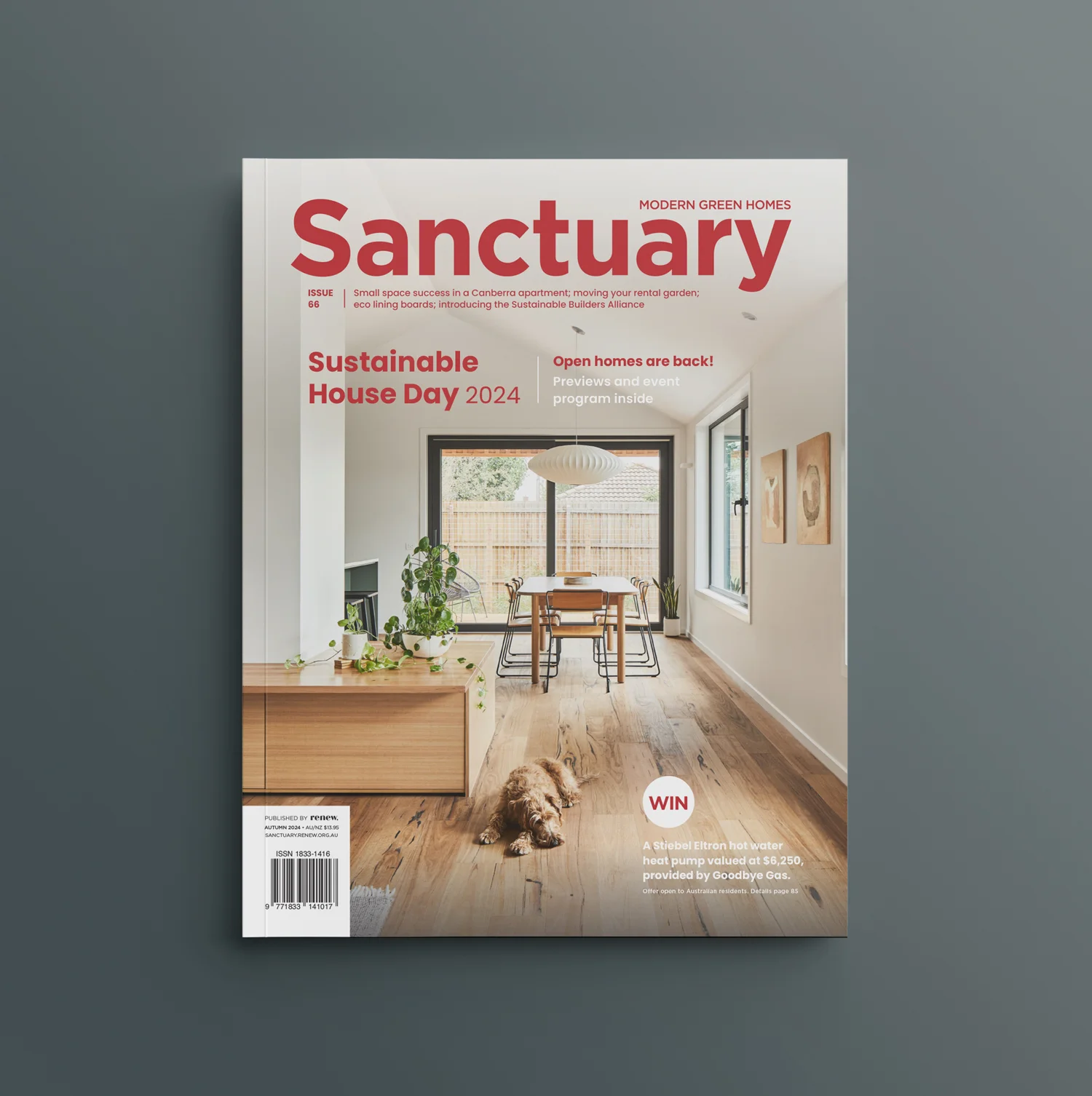Creating a healthy interior
Whether you’re designing a new home or looking to improve your existing living environment, it makes sense to consider what makes a home healthy to live in, and what choices you can make to achieve a healthy home. Conveniently, what make a home healthy to live in is often the more environmentally friendly choice, too.
We can help you make design and material choices for a healthier home. Explore the following advice and read Sanctuary magazine to help plan a home that’s better for you and your family.
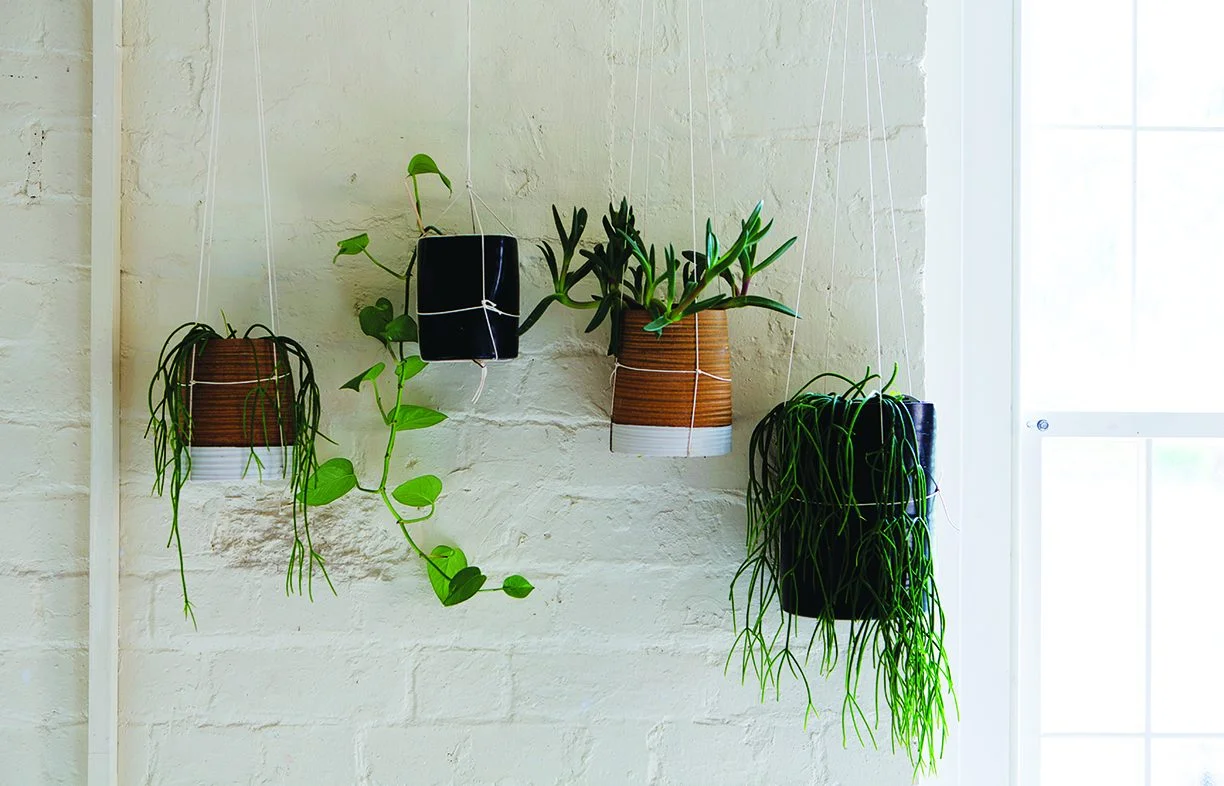
A healthy home is one that supports our health and wellbeing at every age. For those of us with allergies or chemical sensitivities, considering the indoor air quality and toxin levels in our homes is routine. It’s worth making your home healthier to live in even if you don’t have sensitivities, though, as we’re all spending more of our lives indoors, especially the elderly and very young.
Many components can make a home healthier to live in, from house design to building materials and the paint you choose. Select building materials, finishes and furniture that are low in Volatile Organic Compounds (VOCs), with VOCs often found in the furnishings, paints, adhesives, building materials, paper, textiles and plastics that we bring into the home. Design a home with natural light, or retrofit your home to have more sunlight throughout the day. Think about ventilation, too, for instance, if your home is well-sealed you might need mechanical ventilation for air flow to reduce the risk of condensation and improve air quality overall.
Renew’s Healthy Homes ebook gives a great overview of everything you need to consider to create a better indoor environment, while Sanctuary: Modern Green Homes magazine (published by Renew) profiles modern sustainable homes with many features that also promote good health. Check out Sky Farm Studio in issue 39 of the magazine, where the owners built a healthy home by specifying only non-toxic building materials for the construction.
Adequate ventilation within a building ensures good air quality, by removing toxins and carbon dioxide, and also helps to control humidity, thus reducing the risk of condensation. Energy efficiency and thermal comfort can also be enhanced.
Air quality can be affected by a number of impurities, such as low-level irritants (dust, pollen) right through to volatile organic compounds (VOCs). In humid or colder areas, and particularly in uninsulated buildings, there is also a significant potential for condensation when humidity levels are too high, and this can result in mould growth and various health issues.
Building fabric can also be affected by moisture and deteriorate, reducing the life of a building and adding to life-cycle costs.
As our Star ratings encourage us towards better-sealed dwellings, a mechanical ventilation system, also called heat recovery ventilation, or HRV system, can:
- remove stale air and introduce fresh air into a building
- assist with reducing indoor humidity levels
- reduce incoming pollutants, when effective filtration is included
- remove indoor pollutants, including CO2 and VOCs from off-gassing of materials such as those used in furniture and finishes.
For more on the topic read the Mechanical Ventilation and Condensation articles in the Healthy Homes ebook.
Plants can help to improve air quality within the home and look great, too. According to Megan Norgate in her Sanctuary magazine article Living with Plants, plants have the most remarkable capacity for air purification through phytoremediation. They can absorb and metabolise airborne contaminants such as particulate matter (fine dust), exhaust emissions and the volatile organic compounds (VOCs) released from our furnishings, paints, adhesives, building materials, paper, textiles and plastics, found in high concentrations in well-sealed indoor environments. These contaminants mean most of our indoor environments are more polluted than the outdoors.
As a design tool, plants are a multi-purpose, adaptable and easily retrofittable element for the home or office, and can help soften sterile environments. Megan’s article has plenty of ideas on how you can get started and care for your indoor garden.
Sustainable product technology is improving all the time, and paints are no exception. The highest profile issue with conventional paints has been incorporation of volatile organic compounds (VOCs), which are released as the paint dries and often for a long time after. VOCs have been linked to a range of health problems, and also contribute to atmospheric air pollution.
In the Eco-Paint Buyers Guide in Renew magazine, National Institute of Painting and Decorating CEO Daniel Wurm says the industry has made a huge shift to more sustainable paint choices in the last 10 years.
- Low-VOC paints now make up the majority of paint sold
- Some manufacturers now offer zero-VOC paints across their range and are independently certified by a recognised eco-label
- Natural paints are available and made from ingredients such as linseed oil, minerals, earth pigments, lime and beeswax. They may be a good choice for people with allergies
- Using a heat-reflective paint will not only give greater longevity, it will also cut cooling costs in summer
- Paint manufacturers now charge a small levy on all domestic paint sold and this levy is collected and used to pay for a nation-wide recycling scheme. The scheme will make it free for anyone to dispose of waste paint at a collection point. This waste will be sorted and eventually recycled into useful product, closing the loop in the manufacturing process.
Finally, Daniel says if any painter tries to tell you that low-VOC or zero-VOC paints will cost more or won’t last, simply walk away and find another painter.
The Eco-Paint Buyers Guide includes a table of paint products to help you find the best product for your home.
Flooring and floor covering options are many and varied and so are the environmental and health considerations. From plush wool carpets to concrete floors, the right solution depends on your individual tastes and circumstances. Where you live, the purpose of the room, cleaning routine, ventilation and who uses the room are all factors in deciding the healthiest option.
Not only can floors contain toxic products such as volatile organic compounds (VOCs), which can ‘offgas’ into the surrounding air, but they can harbour dirt, mould and dust mites. Dust mites feed on skin flakes and produce airborne particles that can trigger allergic reactions or asthmatic episodes when inhaled by children or adults who are sensitive to them.
Smooth floors such as concrete, ceramic tiles, linoleum or polished wood and bamboo are easy to clean, helping to reduce dust levels and keep dust mites at bay. Also look for carpets that are easy to clean and washable. Cleaning methods will vary depending on the type of carpet, its backing and any underlay present, and the level of traffic and use.
Whatever the floor covering, care needs to be taken during installation as VOCs from glues and sealants may be released.
Carpets are often preferred in bedrooms for their softness and insulating qualities. We give advice on sustainable and healthy carpet choices in Sustainable Carpet Choices in Sanctuary magazine.
Australians spend millions of dollars each year on manufactured household cleaning products. Despite the best efforts of regulatory authorities, voluntary programs and industry self-regulation, it is still often difficult for consumers to tell from the bottle just what effect the product in the bottle will have on the environment.
There are many recipes available online to help you green clean your home. Most of the homemade options use products that might already be in the cupboard such as soap, lemon juice, vinegar, sodium bicarbonate (baking soda), washing soda, glycerine and eucalyptus oil.
The Healthy Homes ebook gives these tips for green cleaning the bathroom to get you started.
Air freshener
In a spray bottle or atomiser, mix two cups of water, half a teaspoon of vodka and a quarter of a teaspoon of eucalyptus oil (or any essential oil that takes your fancy).
Removing mould
Scrub mould with sodium bicarbonate.
To prevent it regrowing, make sure the bathroom is well ventilated, and spray your tiles with an equal mix of white vinegar and water after your shower. For areas with persistent mould problems, use tea tree oil instead of vinegar, combining two drops with one cup of water in a spray bottle. A natural antiseptic and fungicide, tea tree oil costs more than vinegar but will kill most types of mould and help prevent new growth.
Cleaning the toilet, bath, sink and tiles
Use sodium bicarbonate and soap. To give surfaces a shine, wipe them with vinegar.
Bathroom floors
Wipe with a solution of vanilla essence and water.
Shower curtains
Scrub with vinegar.
Baths and sinks
Rub with vinegar to remove water marks.
LATEST ARTICLES
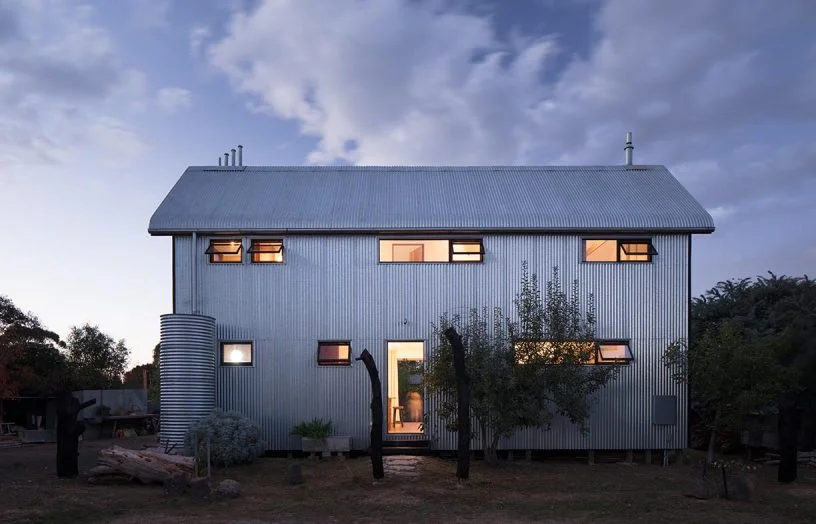 House profiles
House profiles
Cradle to cradle
Thanks to the choice of materials and construction techniques, this comfortable family house in western Victoria is almost entirely recyclable.
Read more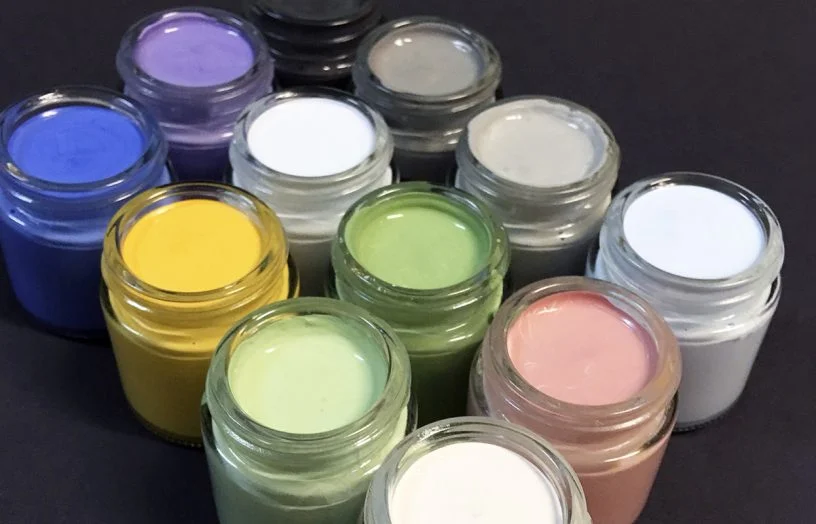 Buyers guides
Buyers guides
An eco-paint buyers guide
Paints have become more eco-friendly in recent years, but there are still traps to look out for. Daniel Wurm explains the advantages of using environmentally friendly paints.
Read more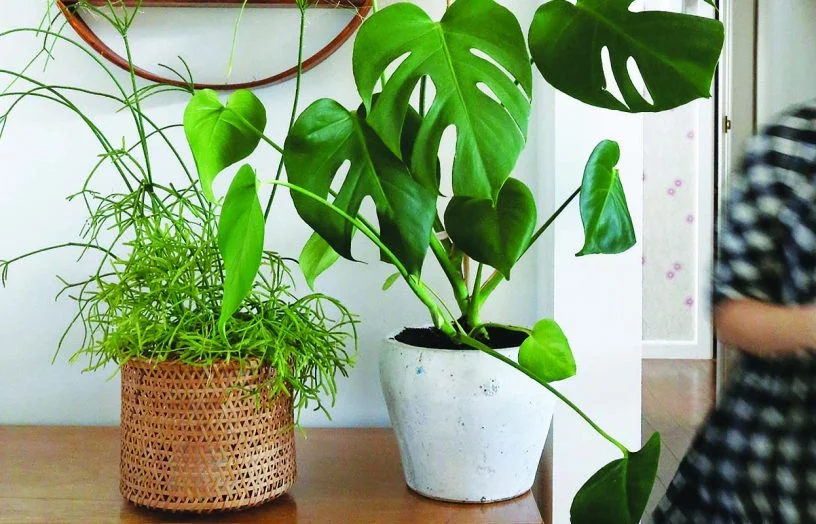 Interiors
Interiors
Living with plants
Indoor plants can help soften sterile environments and may have remarkable impacts on our health, as interior designer and healthy home consultant Megan Norgate explains.
Read more Building materials
Building materials
Hemp, hemp masonry and hempcrete
Why hemp is gaining recognition as a high-performance, low-impact and contemporary building product. Dick Clarke explains why.
Read more